Fitness professionals are reticent to talk about money.
Part of this is because it’s a topic we’re not taught.
Ever.
I don’t recall the “Financial Savviness” or “SEP IRA” chapter in my NSCA textbook.
Too, partly, I think we’ve been programmed to think that we’re “selling out” if we bring up money or that we’d like to make more of it. Fit pros are just supposed to shut-up, work long hours, and take pride in the grind.
That and apparently create the facade of wealth by posting lots of shirtless or arms crossed pictures next to sports cars on Instagram…😉
Nevertheless, finances is a dearth topic in the fitness industry and something that should garner more of our attention. To that end, I’ll hand things over to fitness financial expert, Billy Hofacker, who chimes in today with the first of THREE installments of a series I believe will help a lot of people.
Enjoy!

Coach and Grow Rich
If you’re like me, you got into the fitness industry because you had a passion for fitness and/or helping people. You probably realized you needed an understanding of anatomy as well as how to relate with different kinds of people.
However, what often catches us off guard and derails us is managing money. In my case, the realization wasn’t subtle. I was surprised to hear a knock on the door at the crack of dawn one spring morning about 10 years ago. I opened the door to see a guy standing there with no shortage of tattoos, muscles, and piercings.
Confused, I looked past him and saw my new white Honda Accord hooked up to his tow truck.
My car had been repossessed.
The craziest thing about this is that I was actually surprised. In other words, I was so far behind on payments that the repo man had to come and I didn’t even see it coming. That’s how off track I was.

This was a major wake up call for me to say the least. Thankfully, it has a happy ending.
My wife and I went on to pay down over 130K in non-mortgage debt in 5 years. Yes, we had that much debt. We owed money to everybody!
Not only did we pay off all the debt but we went on to create a nice life for ourselves. More importantly, I discovered my mission for helping fit pros achieve financial freedom .
As fitness professionals, we’re some of the hardest working people I know and unfortunately many have little to nothing to show for it.
As Tony says, “It’s just not a topic we’re taught, ever.”
The good news is that regardless of your situation, there is hope. You can absolutely get to the next level. To make this happen, three of the most important areas we need to address are:
- Money Mindset
- Destroying Debt
- Building Wealth
In the first of this three-part series. I’ll be diving into Money Mindset.
Marching orders will be included as knowledge is useless until it’s applied.
Money Mindset
This is a broad area and a topic that comes up a lot in my Fitness Profit Coaching Group.
One thing I’m certain of after being on this journey for 10+ years, is that we are affected by our upbringing and experiences.
All of our actions are based on emotions which stem from thoughts which are completely shaped by our backgrounds.
This is why we can learn all of the techniques but still find success to be elusive. We are limited by our own beliefs which aren’t necessarily true. They are simply what we learned and don’t have to define us.
After countless hours of study, I’ve come to realize that financially successful people and those who struggle think completely differently.
There are many examples of this.
Some are obvious.
For instance, most of us agree that financially successful people are more likely to take control of their destiny. They don’t simply hope for the best. They make it happen.
Additionally, you’ll rarely hear a financially successful individual complain about their circumstances. Those who struggle often play the blame game. They seem to always have a reason for where they are in life. Whether it’s the economy, their age, their boss, their spouse, their kids, or most commonly their parents, they find something or someone to justify their lack of success. It provides some short term benefit. If the reason for their position is outside their control, they don’t have to take responsibility or change.
Change is uncomfortable.
Here is a common but not as often recognized self defeating belief. It’s one that I believe has affected me negatively. It’s the belief that money isn’t important.
Perhaps someone told you that there are more important things than money – things like relationships or time to enjoy life. This belief is commonly taught in religious circles. It’s almost as if having money makes you less spiritual.
Here’s what I now know to be true:
👉 None of those things I mentioned are mutually exclusive. It doesn’t make any sense to compare them. My relationships are extremely important but so is money. The fact that my relationships are important doesn’t negate the fact that money is too.
👉 Whoever says money isn’t important doesn’t have any. The belief that money isn’t important causes people to do things that are destructive to their financial health. They don’t pay attention to it. When you don’t pay attention to it you wind up in trouble.
👉 They don’t talk about it. When you don’t talk about it to those close to you, relationships are strained. We know it’s the biggest cause for marital problems.
👉 It doesn’t make anyone less spiritual. People can’t be fed and religious buildings can’t be built without money.
Money really magnifies character or lack thereof. When a generous person becomes wealthy, they become more generous and make the world a better place. When a greedy or dishonest person gets money, it magnifies these traits.
It wasn’t caused by the money.
The key is uncovering these beliefs, recognizing them for what they are, and working hard to develop new and more productive beliefs. This is hard work but one of the most valuable things you can do for your finances and your life.
Here are your action steps:
1️⃣ Think about an emotional experience you had around money when you were young.
2️⃣ Write down all of the thoughts, statements, and feelings you had around money, rich people, wealth, etc. when you were young.
3️⃣ Write down the habits and thoughts around money that your parents or caregivers had.
4️⃣ Write down the effect all these things had on your finances and life thus far.
Hopefully after spending some time in this area, you can acknowledge that not all of those things are necessarily true. They just represent your experience. Someone with a different background and experiences would have a completely different set of beliefs and values. Now it’s time to decide that moving forward you will adopt a new set of beliefs.
About the Author
Many fitness professionals get stuck in the day to day and have little to show for their hard work. Billy Hofacker helps them get on a plan to achieve financial freedom. You can learn more by listening to the Your Fitness Money Coach podcast or visiting www.yourfitnessmoneycoach.com.
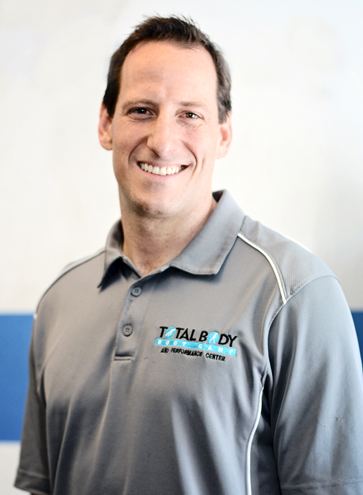




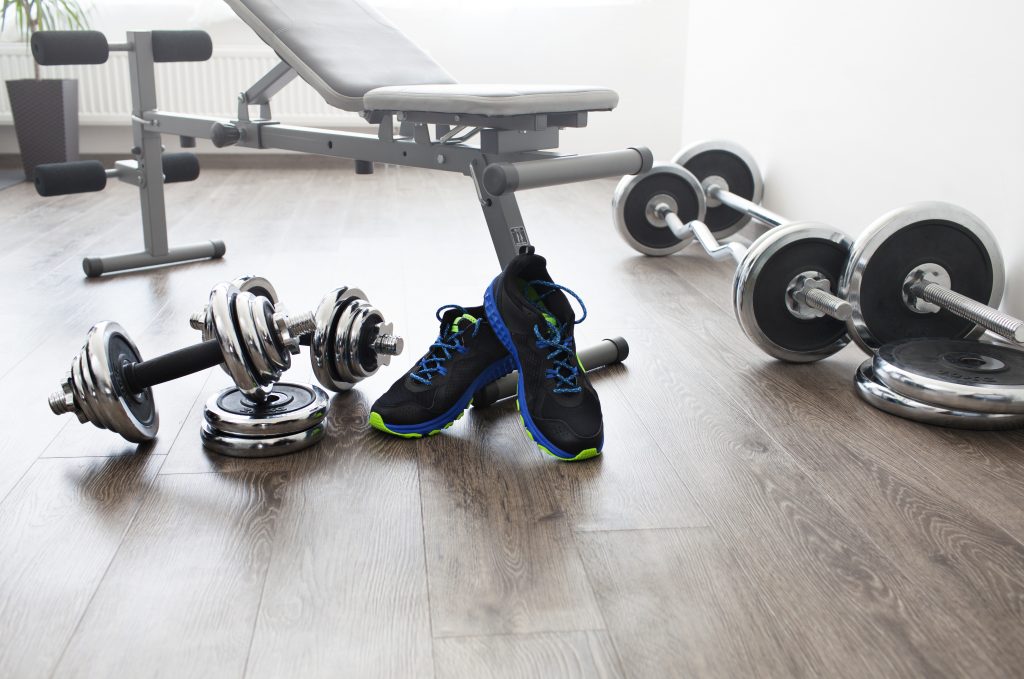

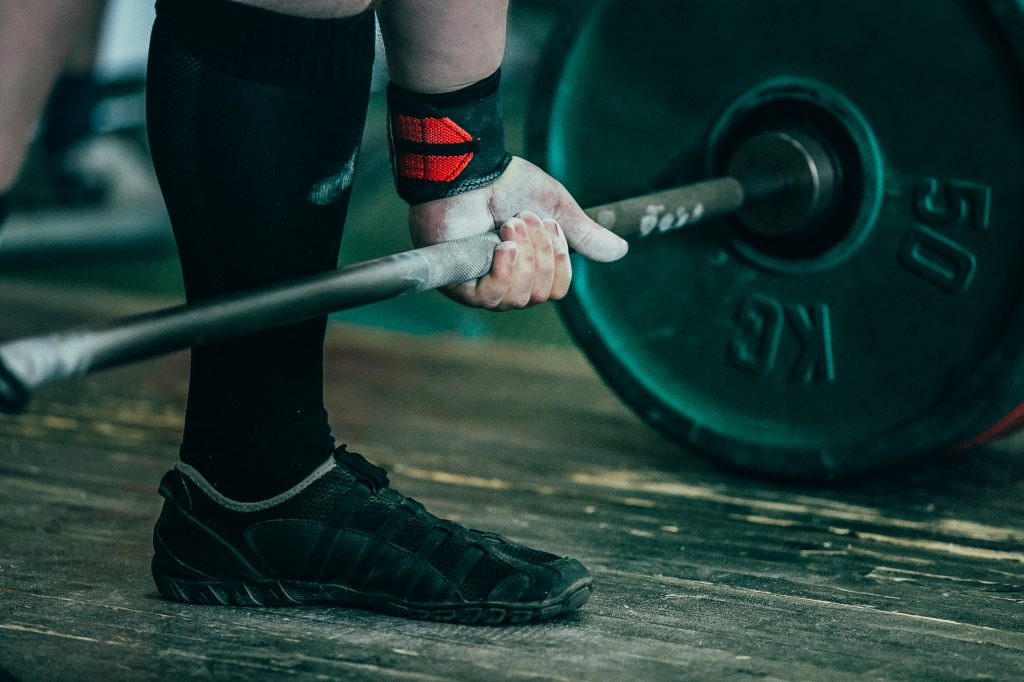



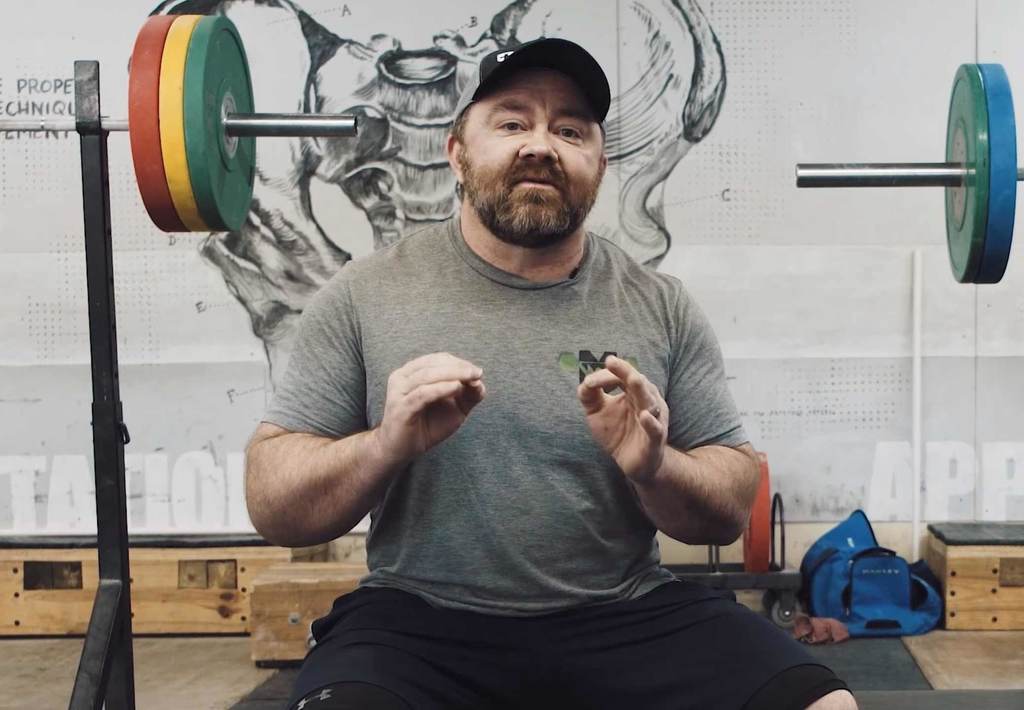

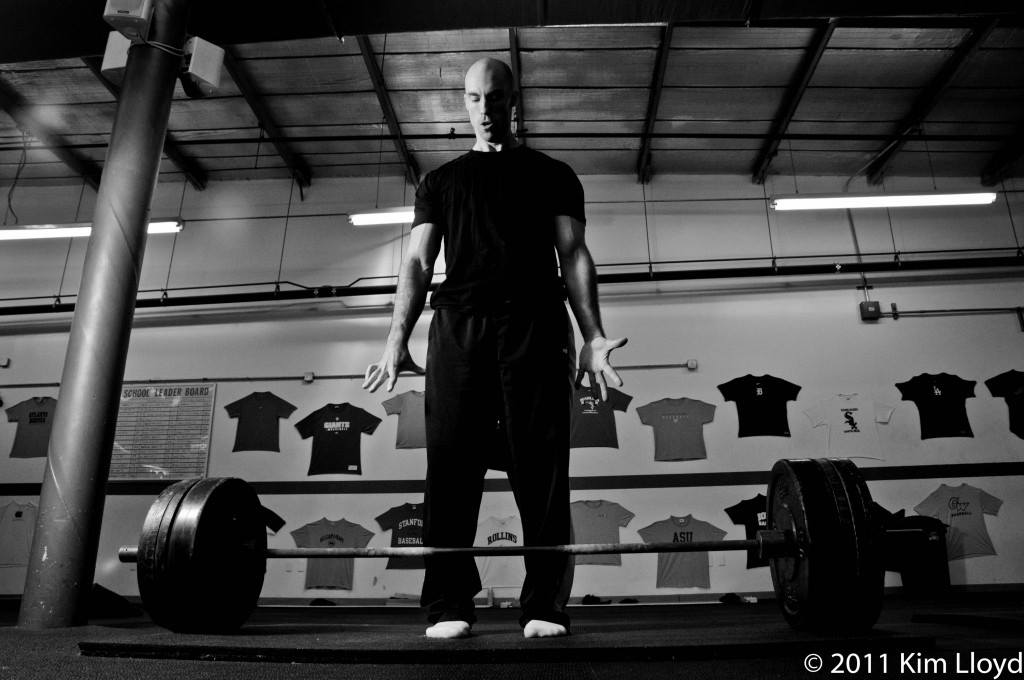






 Mike T. Nelson, PhD, MSME, CSCS, CISSN, is a research fanatic who specializes in metabolic flexibility and heart rate variability, as well as an online trainer, adjunct professor, faculty member at the Carrick Institute, presenter, creator of the
Mike T. Nelson, PhD, MSME, CSCS, CISSN, is a research fanatic who specializes in metabolic flexibility and heart rate variability, as well as an online trainer, adjunct professor, faculty member at the Carrick Institute, presenter, creator of the 




